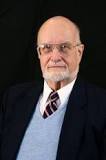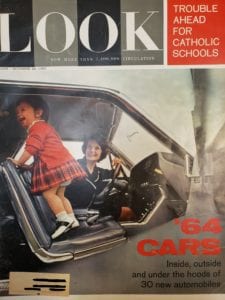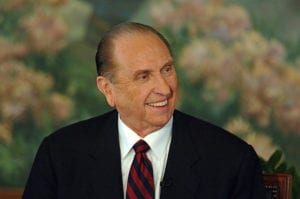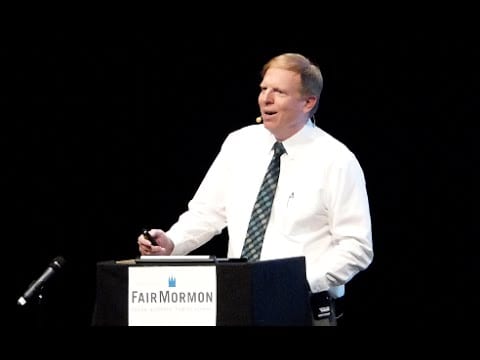Today a new television series has been released titled Under the Banner of Heaven. It is based on a best-selling book by that same name, published in 2003, written by Jon Krakauer.
The book, and now the television series, talks about the 1984 horrific murders of Brenda Lafferty, and her 15-month-old daughter Erica, by Dan and Ron Lafferty in American Fork Utah. The theme of Jon Krakauer’s book is that Dan and Ron’s religious upbringing in The Church of Jesus Christ of Latter-day Saints is the underlying cause for what they did. Krakauer, an atheist, believes that since bad things are sometimes done in the name of religion, religion breeds violence.
This series will likely lead to questions from your friends and family members. We’ve created a page of resources. Here are a few things to be aware of: [Read more…] about Under the Banner of Heaven: Fact vs Fiction
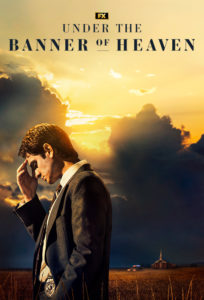

 In 1997 a small group of Internet message board warriors started an organization named the Foundation for Apologetic Information and Research, or FAIR. FAIR was staffed by young, strident defenders of The Church of Jesus Christ of Latter-day Saints.
In 1997 a small group of Internet message board warriors started an organization named the Foundation for Apologetic Information and Research, or FAIR. FAIR was staffed by young, strident defenders of The Church of Jesus Christ of Latter-day Saints.